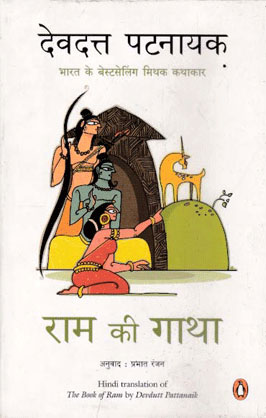

Tamas guna takes us towards inertia, while Rajas guna initiates activity and Sattva guna enables balance. – Bhagavad Gita: Chapter 2, verses 62 and 63 (paraphrased).įurther, he explains how we have little control over our capabilities, since they are dependent on the three natural tendencies ( gunas) that we possess. Pattanaik tells us that we must not be defined by our social status, rather than we must have a heart to let go of our cravings and find peace.Īrjuna, those who keep thinking of property, get attached to it and crave it relentlessly, which causes frustration, which leads to anger, then confusion, then loss of memory, then loss of intelligence, and eventually destruction. We identify ourselves with the relationships that we make, the titles that we achieve and the houses that we construct.


Only when we learn to let go of what we consider as ‘ours’, do we realize there is much more to life than the property and identity. We cling to the property as ‘ours’, turn possessive about it and hence we disconnect ourselves from our atma (soul). We feel hurt when something belonging to us is damaged or destroyed by some means. Thus begins violence within us – both psychologically and physically. When these both are snatched away from us, we feel violated. Pattanaik also tells us how we cling to our identity ( aham) and property ( kshetra).

Pattanaik elucidates this with another example of how Shiva, the hermit of Kailasa became the householder of Kashi, thereby concluding that My Gita is meant for readers who are wishing to find inner peace by reconnecting with their soul. They are able to reconnect and establish meaningful relationships. He explains this with a story of how Pandavas, who were born in the forest, returned to it when threatened by Kauravas, when they gamble away & are sentenced to exile and finally when they win the war and rule Hastinapur for many years.Īfter each return, they find themselves to be more wiser. While The Gita speaks about disconnecting from material things, relationships & desires, Pattanaik emphasizes on reconnecting and forming relationships that are mutually nourishing. He intelligently simplifies the three concepts: Karma, Bhakti and Gyana. Similar to The Gita, Pattanaik’s My Gita is also divided into eighteen chapters.Įach chapter focuses on a particular spiritual theme like observation (darshan), rebirth (atma), cause & consequence (karma), appropriate conduct (dharma), yagna (exchange), etc. However, the highlight of the book are the illustrations which make the narration easier to understand. He also paraphrases important verses and makes it understandable for the young readers. He analyzes every aspect and every iota of what Krishna spoke to Arjuna on the battlefield of Kurukshetra and presents to us a comprehensive view of The Gita. Pattanaik takes care of that in this book. The connotation of ‘My’ in the title has a personalized feel to it, and it is as if the author directly speaks to you about the ideas in The Bhagvad Gita and their application to modern life.ĭoes The Gita appear incomprehensible to you?ĭr. Pattanaik chooses to elaborate on the recurrent themes in The Gita by taking a personal approach to each one of them.Īnd that is why he names the book – My Gita. My Gita by Devdutt Pattanaik is a contemporary approach to the Indian epic, Bhagavad Gita, presented in the simplest of ways.


 0 kommentar(er)
0 kommentar(er)
